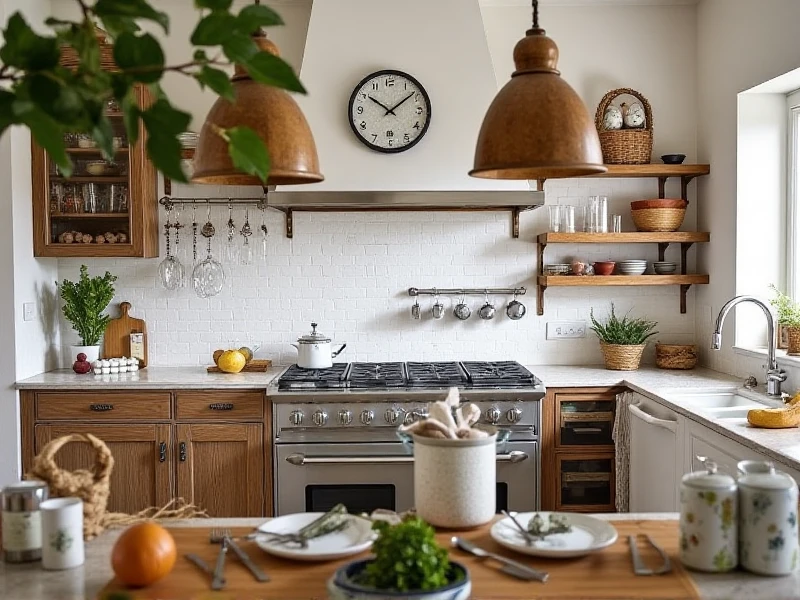
Transform Your Outdoor Space: The Ultimate Guide to Creating a Thriving Garden
Title:
Imagine stepping into your backyard and breathing in the scent of lavender, admiring vibrant blooms, or harvesting fresh vegetables for dinner. Building a vibrant garden isn't just about aesthetics—it's a transformative journey that connects you with nature and enhances your well-being. Whether you're a total beginner or a seasoned green thumb, this guide unlocks the secrets to cultivating a flourishing sanctuary.
Know Your Space & Soil: The Foundation of Success
Before you plant a single seed, understand your garden’s unique traits. Start with sunlight: Track which areas get full sun (6 hours), partial shade (3-6 hours), or deep shade. This dictates plant choices dramatically. Next, test your soil's pH and texture—simple kits from garden centers work wonders. Clay soil retains moisture but drains slowly, while sandy soil needs organic matter to hold nutrients. Amending soil with compost is essential—work it in deeply before planting. Healthy soil = resilient plants!
Smart Plant Selection: Right Plant, Right Place
Don’t fall for pretty tags alone! Match plants to your climate zone (check the USDA Hardiness Zone Map) and sunlight conditions. Opt for natives like coneflowers, black-eyed susans, or milkweed—they thrive with less water, resist local pests, and support pollinators. Struggling with small spaces? Vertical gardening saves room: Train climbers like clematis or cucumbers on trellises. Herbs like rosemary and mint grow well in pots, perfect for balconies or patios.
Design With Purpose: Aesthetics Meet Functionality
Create visual harmony using layers:
- Back Layer: Tall plants (sunflowers, hollyhocks)
- Middle: Medium-height blooms (roses, peonies)
- Front: Groundcovers (thyme, creeping jenny)
Add curves to pathways, not rigid lines—nature prefers flow. Include focal points like a birdbath or stone bench. Dedicate zones: A hidden veggie patch, a butterfly-attracting wildflower corner, or a tranquil meditation spot under an ornamental tree ensures multi-functional appeal.
Water Wisely & Mulch Religiously
Overwatering kills more plants than droughts. Water deeply but infrequently to encourage strong root growth. Early mornings reduce evaporation. Mulching is non-negotiable! A 2-3 inch layer of shredded bark, straw, or compost conserves moisture, suppresses weeds, and enriches soil. It’s the ultimate low-effort, high-reward habit.
Natural Pest Management: Avoid Chemicals
Attract "garden heroes" like ladybugs and lacewings with pollinator-friendly plants. If aphids strike, blast them off with a hose spray or use neem oil. Crop rotation deters soil-borne diseases, while companion planting (like basil near tomatoes) confuses pests. Avoid broad-spectrum pesticides—they harm beneficial insects crucial to your ecosystem.
Seasonal Care: Keep the Magic Alive
Spring: Prune dead branches, divide perennials, start seeds.
Summer: Deadhead spent flowers, water potted plants daily.
Fall: Plant bulbs for spring, add compost, mulch beds before frost.
Winter: Protect evergreens with burlap wraps; plan next year’s design!
Grow More Than Plants: The Wellness Payoff
Gardening fights stress, provides exercise, and sparks creativity. Nurturing life reminds us to slow down and appreciate growth cycles. Start small—a trio of pots, a single raised bed—and let your confidence bloom alongside your plants.
Ready to Grow?
Remember, soil improvement, strategic planting, and water-wise habits unlock gardening success. Embrace the process—learn from "oops" moments, celebrate each bud, and watch your connection with the earth deepen. Your thriving garden oasis awaits, one seed at a time! Discover more expert tips and inspiring ideas on our blog. Let’s cultivate beauty together.
2025-06-06